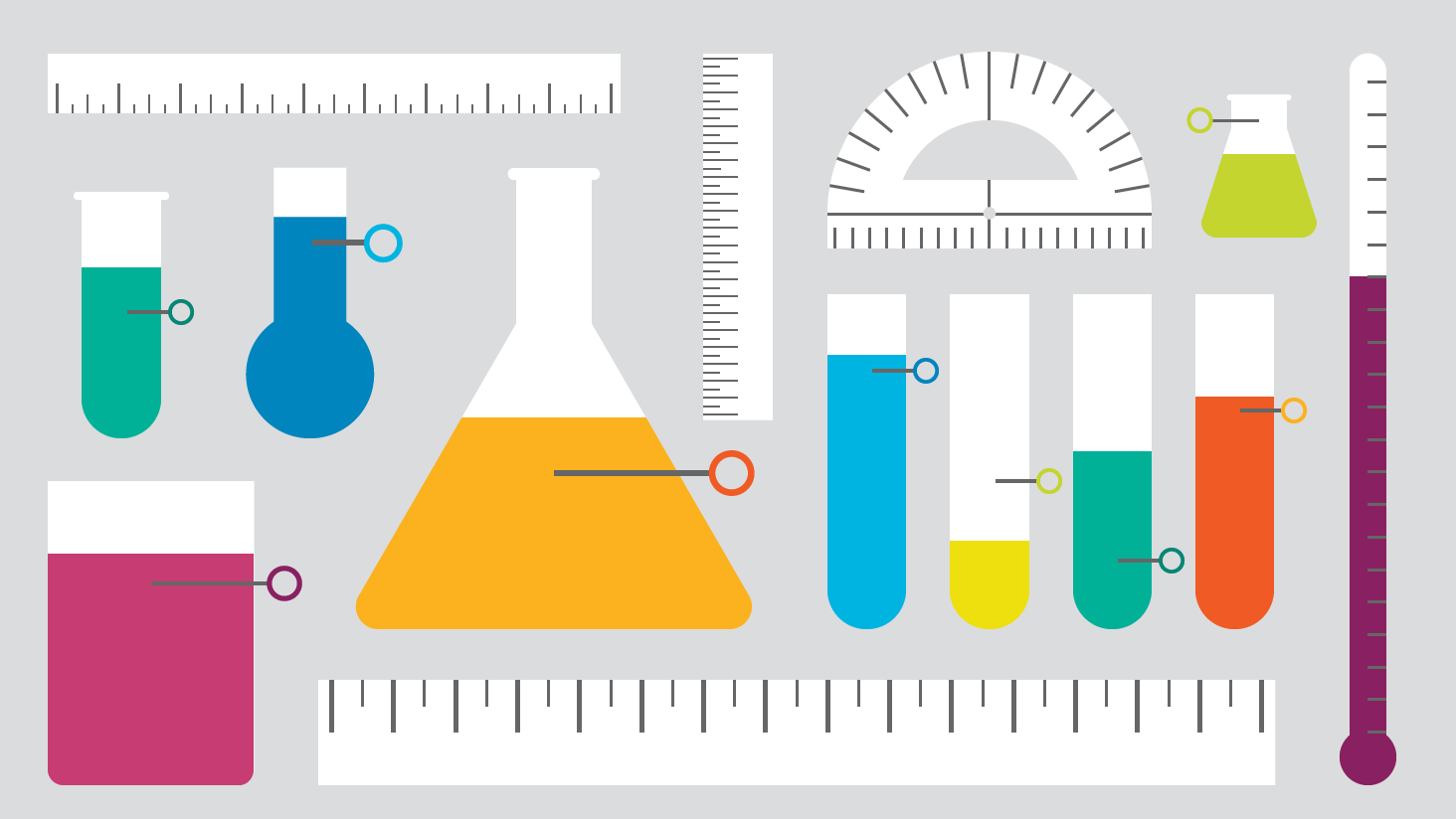I get emails all the time from clients, potential clients, and people who want me to buy...
Featured Posts
read more
Using Mean Absolute Error for Forecast Accuracy
Using mean absolute error, CAN helps our clients that are interested in determining the...
How Not to Introduce Yourself
I got to cross something off my bucket list this year, I was a pastor in a wedding....
Leads vs. Referrals — Knowing the Difference.
If you can effectively develop relationships your sales efforts will go from good to...
A Simple 6 Step B2B Sales Process
The following is an introduction to the basic sales process we teach new sales reps at...

